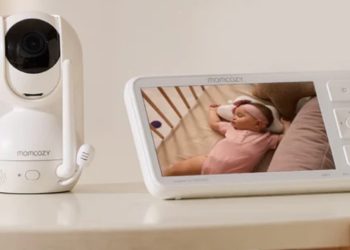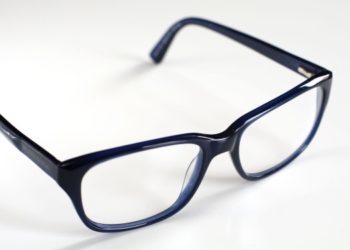Think back to the last time you did a proper clear out of your belongings. How many of your possessions did you decide were no longer fit for purpose, but end up keeping anyway? “I might need it one day”, we tell ourselves, shoving the shirt we’ve not worn for two years to the back of the wardrobe.
Sound familiar? That’s sentimentality at its finest.
Interest in a minimalistic lifestyle has risen in recent years, but many people find it difficult to reduce the amount they own, due to their emotional connection to their belongings.
Realistically, you know you’ve no intention of wearing that old shirt again. The hem is fraying, and you can just make out that old sangria stain from your trip to Portugal back in 2008. So why is this tired article of clothing so hard to let go of?
Let’s explore how we develop sentiment towards objects and why this can make it harder to part with our personal possessions.
The endowment effect
The endowment effect refers to the tendency we have to place value on certain things simply because we own them and is a significant factor in our dislike of getting rid of personal belongings.
Even if the item is old, malfunctioning, or completely falling apart, we feel the need to hang on, as we are emotionally attached.
Loss aversion
Loss aversion refers to the aversion we have to giving up things we own and is the other main reason we struggle to part with our possessions.
Even if we are voluntarily giving something away, we still find it hard to let go, because we don’t like to accept something is no longer of use to us.
How sentimental are Brits?
A recent study by Hammonds Furniture revealed that when asked what objects in their home they value the most 68% of Brits surveyed value sentimental items like family photos and children’s artwork most highly.
When asked about sentimental and irreplaceable items, 75% of women considered these to be the items in their homes they treasured the most. Men on the other hand, were found to be less sentimental, with only 60% valuing these kind of belongings.
The study showed the male participants tended to place more value on practical items than the females surveyed. 15% of men revealed they value these items in the home, while only 9% of women felt the same.
The same group of men and women surveyed were asked what kind of items they would save if they only had 30 seconds, assuming they already had their mobile phone, wallet/purse, and keys (and excluding people and pets).
16% of women veered towards a photo of a deceased family member, while only 9% of men opted for that. Men favoured tech items over sentimental objects, with 15% choosing these as their valued item. In contrast, just 9% of women considered saving tech a priority.
David Prior
David Prior is the editor of Today News, responsible for the overall editorial strategy. He is an NCTJ-qualified journalist with over 20 years’ experience, and is also editor of the award-winning hyperlocal news title Altrincham Today. His LinkedIn profile is here.













































































